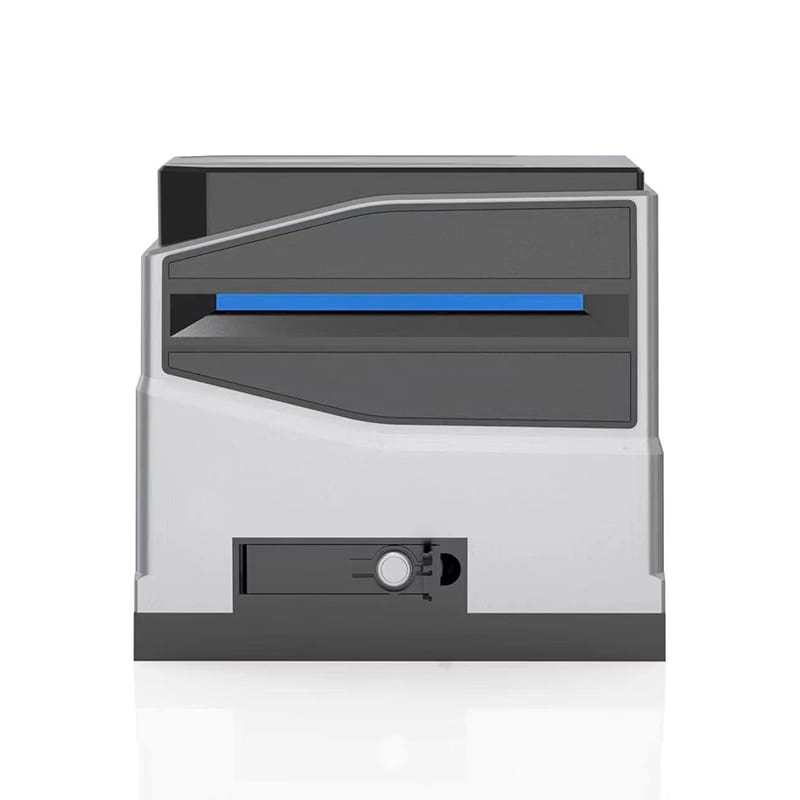Gate access control systems serve as the first line of defense for securing entry points in residential, commercial, and industrial environments. These systems rely on authentication methods to verify the identity of individuals seeking access. From traditional methods like key cards to cutting-edge biometric solutions, a variety of authentication methods are employed to ensure only authorized personnel gain entry. This article delves into the most common authentication methods used in gate access control systems and their respective benefits.

1. Key Cards and Fobs
Key cards and fobs are among the most prevalent authentication methods in gate access control systems. These devices use RFID (Radio Frequency Identification) or NFC (Near Field Communication) technology to transmit unique identifiers to a card reader at the gate. Users simply hold their card or fob near the reader to gain access. Key cards and fobs offer convenience, scalability, and auditability, making them popular choices for both residential and commercial applications.
2. PIN Codes
PIN (Personal Identification Number) codes provide a simple yet effective authentication method for gate access control systems. Users enter a numeric code on a keypad located at the gate to gain entry. PIN codes are easy to implement, cost-effective, and allow for individualized access control. However, they can be vulnerable to unauthorized access if codes are shared or compromised, requiring diligence in maintaining security.
3. Biometric Authentication
Biometric authentication methods, such as fingerprint, iris, or facial recognition, offer high levels of security and accuracy in gate access control systems. Biometric data is unique to each individual, making it virtually impossible to duplicate or spoof. Biometric authentication eliminates the need for physical credentials like cards or PINs, reducing the risk of unauthorized access due to lost or stolen credentials. While biometric systems can be more expensive to implement, their unparalleled security features make them ideal for high-security environments.
4. Bluetooth and Smartphone Apps
Advancements in technology have led to the integration of Bluetooth and smartphone apps as authentication methods in gate access control systems. Users can pair their smartphones with Bluetooth-enabled gate controllers, allowing them to open the gate using a dedicated app. This approach offers convenience, as users are less likely to forget or lose their smartphones compared to traditional credentials. Additionally, smartphone apps can provide additional functionality such as remote access control and real-time notifications.
5. Proximity Readers
Proximity readers use radio waves to detect and authenticate nearby credentials, such as key cards or fobs, without requiring physical contact. These readers are commonly used in gate access control systems due to their ease of use and reliability. Proximity readers offer fast and hands-free access, making them suitable for high-traffic areas where convenience is paramount. However, they may be susceptible to signal interference or unauthorized cloning of credentials if proper security measures are not in place.
6. Intercom Systems
Intercom systems are another authentication method employed in gate access control systems, particularly in residential settings. Visitors seeking entry must communicate with occupants inside the property via an intercom panel installed at the gate. Once the visitor's identity is verified, the occupant can remotely open the gate using a key card, PIN code, or other means. Intercom systems provide a human element to the authentication process and allow for controlled access to the property.
7. Dual Authentication
To enhance security, gate access control systems may implement dual authentication methods, requiring users to present two forms of identification for access. For example, users may need to swipe a key card and enter a PIN code or provide a fingerprint scan along with a key fob. Dual authentication adds an extra layer of security and mitigates the risk of unauthorized access in case one authentication method is compromised.
Conclusion
Gate access control systems rely on various authentication methods to verify the identity of individuals seeking entry. From traditional key cards and PIN codes to cutting-edge biometric solutions and smartphone apps, each method offers its own set of benefits and considerations. By understanding the strengths and limitations of different authentication methods, property owners and facility managers can select the most suitable option to meet their security needs and ensure controlled access to their premises.